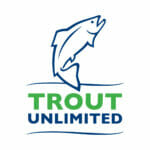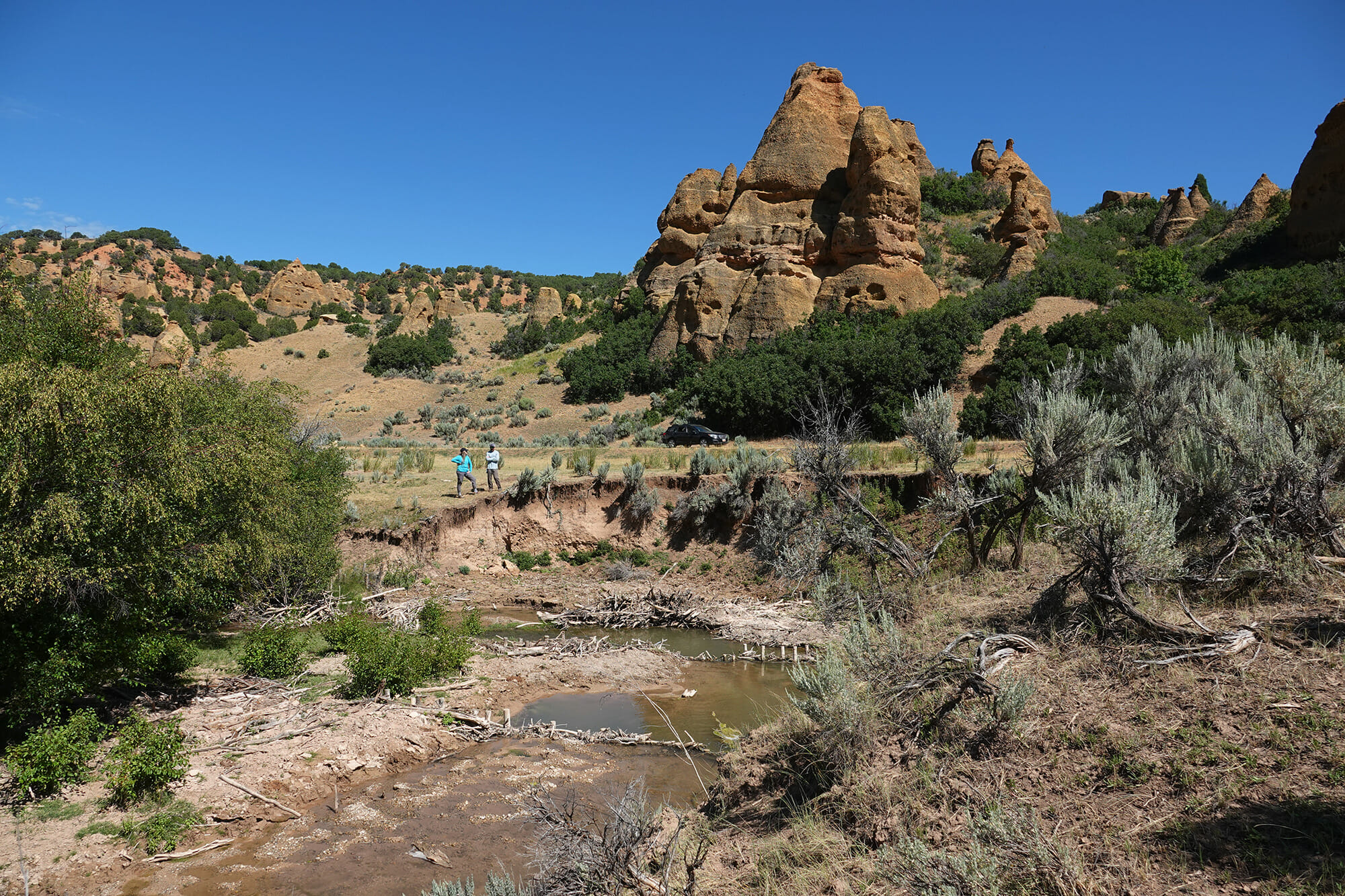Sometimes it seems utterly hard to fathom the losses of biodiversity we are facing today.
A jarring report published last year noted the abundances of freshwater species across the globe have declined over 80 percent since 1970. Born just shortly before this, by the ripe old age of 8 or 9, I was concerned enough about what was happening around me to become a committed conservationist.
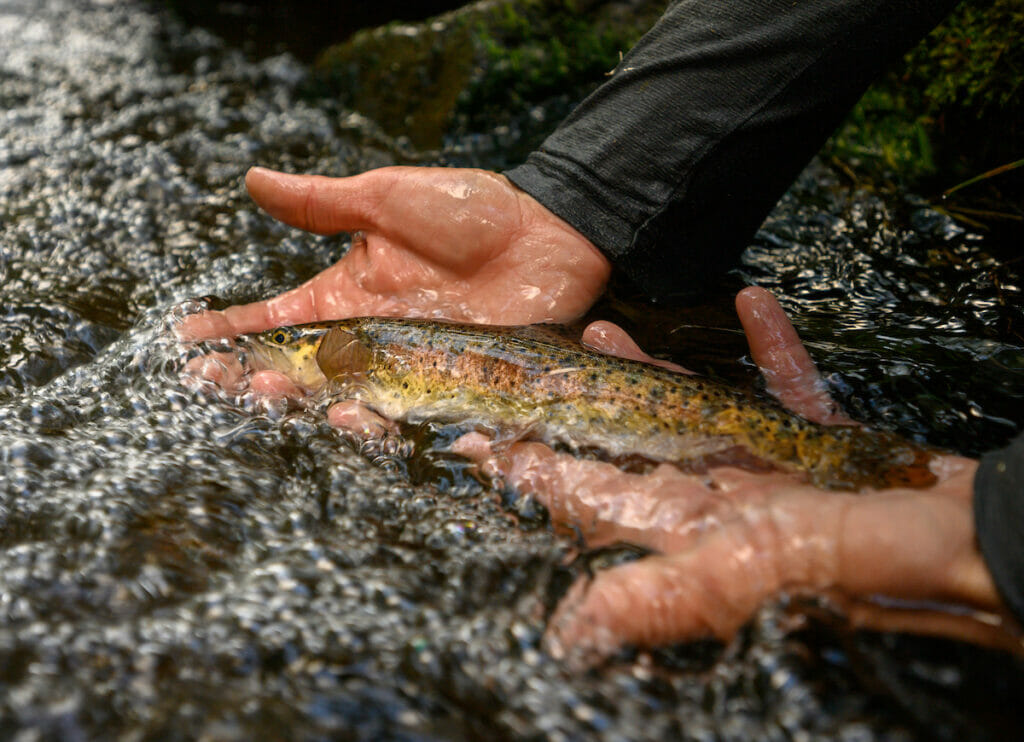
Over the decades that followed – and coupled with the impacts of climate change – I have seen these losses accumulate and continue to endanger our nation’s landscapes and wildlife through old-fashioned assaults: habitat loss, fragmentation and degradation, invasive species, pollution, and overharvest.
This is the legacy we’ve left on the land and its ecosystems.
This news can be pretty depressing. But increasingly I see this legacy as a major opportunity for TU.
Why? Because some of the most effective strategies for dealing with all of this – both climate change and biodiversity losses due to these traditional impacts – involve protecting, restoring, reconnecting, and sustaining (PRRS) in-tact habitats so that we can restore biodiversity to our lands and waters. In short, this involves becoming “nature positive,” where instead of continuing to erode our natural world, we tackle aggressive strategies to protect and heal it.
That’s exciting, and exactly the kind of work we at TU do every day under our PRRS mantra. And out here in the West, where I live, we have a historic opportunity in front of us related to our work – one of scale.
What can be done?
Today, perhaps more than any other time in our lives, we have the ability to scale to nature positivity through major emerging policies. There is an opportunity in front of us right now to act on the just-released proposed rule for oil and gas development from the Bureau of Land Management (BLM).
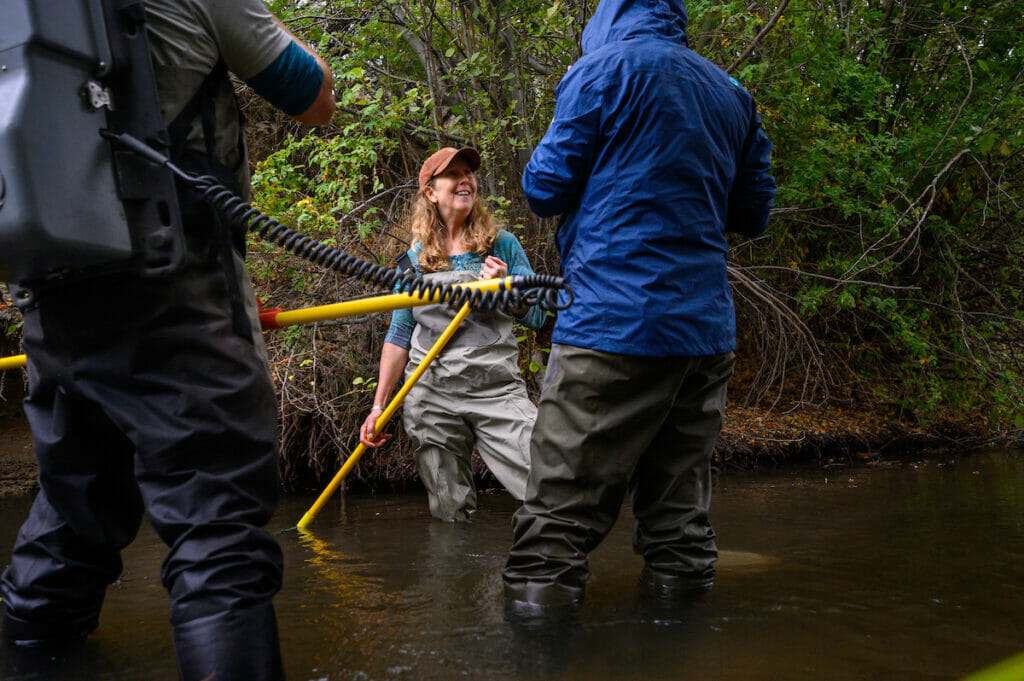
The BLM is the nation’s largest landowner, managing 245 million surface acres, as well as 700 million acres of subsurface mineral estate, largely in the West. These lands are essential for protecting and restoring native trout populations. Seventy-three percent of the remaining native trout habitats in the western U.S. are found in watersheds on public lands including those managed by the BLM. Native trout were once abundant across the West, but more than 65 percent of these populations have been extirpated from their historical range, reflecting the stunning loss of biodiversity across our public lands and waters.
BLM lands are essential for stitching watersheds together, ensuring connectivity among populations higher up so they can exchange genes, access important overwintering habitats, and take refuge from floods and fires. These lands also provide the most productive habitats for trout, especially in the spring and fall when they are optimally warm and headwater streams further up are too cold to support growth.
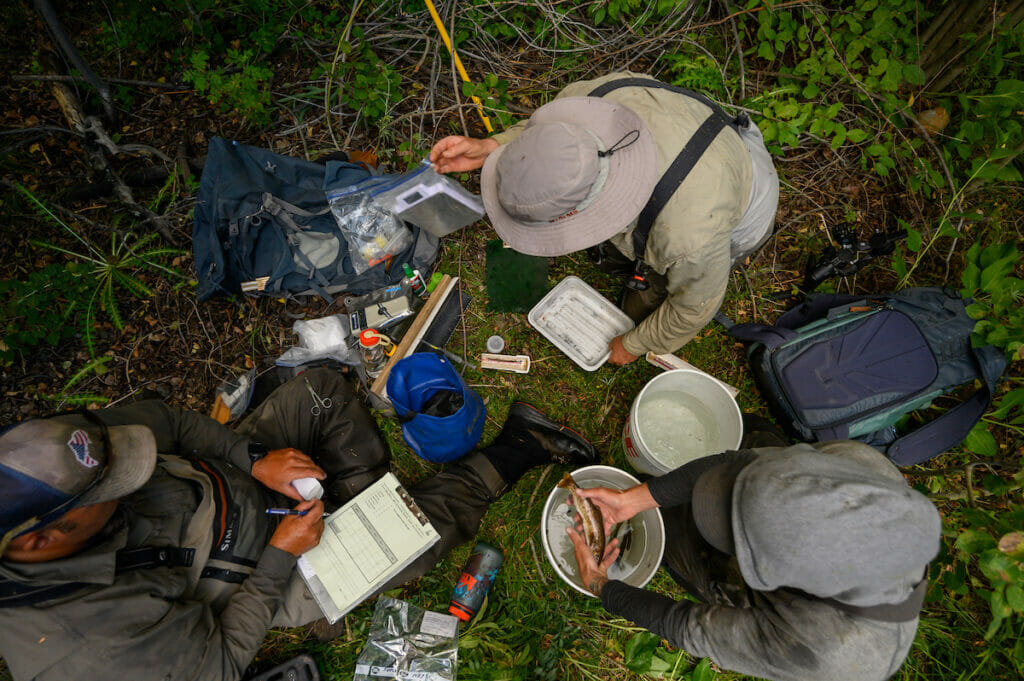
I’ve seen this in action in some of my own work at TU: when BLM and partners removed barriers that provided connectivity for the threatened Lahontan cutthroat trout to its lower-elevation mainstem waters, we started seeing massive fish – the size of which we’d never observed in the system before. That’s because when trout access these lower elevation, warm habitats, they grow big, really big.
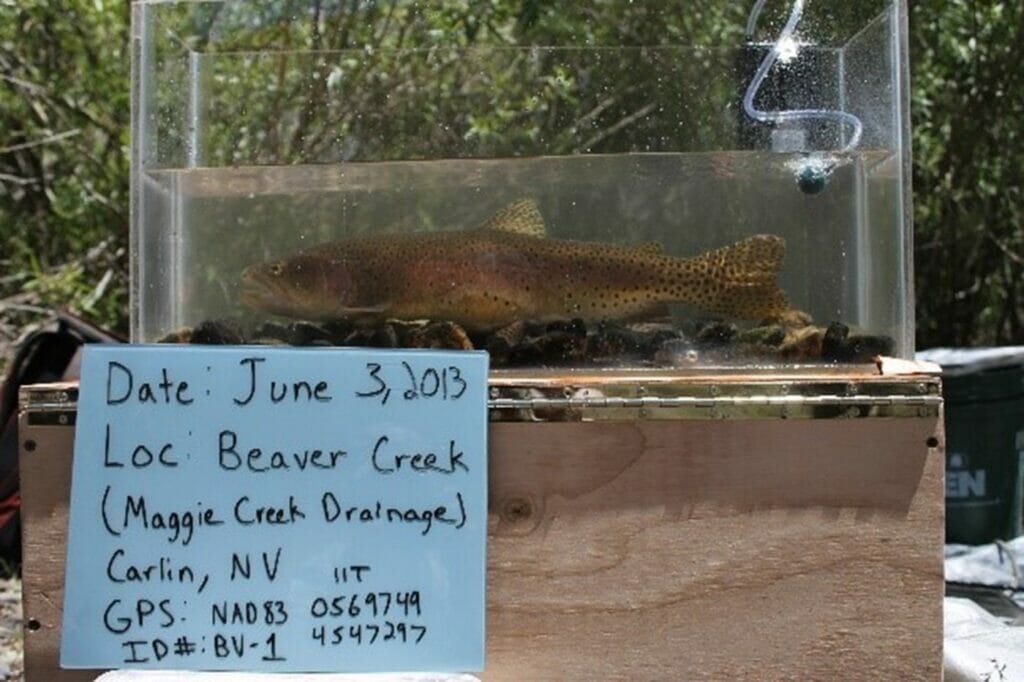
More than 90 percent of BLM lands – our public lands – are available for leasing. But our analysis shows that only 23 percent have moderate to high potential for oil and gas development. The BLM has announced a 60-day public comment period on reforming, how, when and where oil and gas drilling occurs in the places we hunt and fish and native and wild trout call home.
To scale our PRRS work at TU, we urge you to submit a formal comment by September 22, 2023, using the messaging points outlined here to protect biodiversity across the West.
Comment: Submit A Formal Comment to speak up for your public lands. You can use the message points outlined in this blog and TU encourages you to make the message unique to you and your experiences on these lands, with detailed comments about why public lands matter to you!


